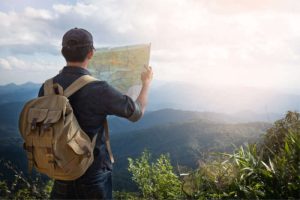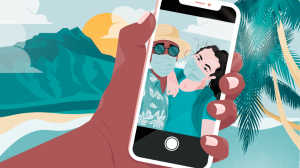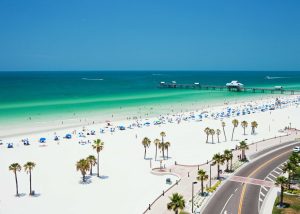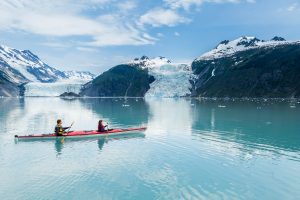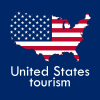California
From misty Northern California redwood forests to sun-kissed Southern California beaches, the enchanted Golden State makes Disneyland seem normal. Discover hundreds of places to visit, learn our diverse regions and lively cities all in one place.
There’s not many places in the U.S. where you can be soaking up the sandy beaches of the Pacific Coast, drive out into the desert, and sip your way through wine country all within a day’s time (although I wouldn’t recommend that rushed of an itinerary).
Continue on a little further north and you’ll swap classic palm tree-lined Southern California beaches for Northern California’s rugged and wild coastline, enchanting Redwood forests and yes—more wine country! There’s something for everyone to love here —but also, it can be overwhelming trying to tackle it all in one trip. Spoiler alert: you can’t.
Natural Beauty
Don’t be fooled by its perpetually fresh outlook and adventurous attitude: California is older than it seems. Coastal bluffs and snowy peaks were created over millennia of tectonic upheavals that threatened to shake California right off the continent. After 19th-century mining, logging and oil-drilling threatened the state’s natural splendors, California’s pioneering environmentalists rescued old-growth trees, reclaimed rivers and cleaned the beaches. Thanks to the leadership of Californian conservationist John Muir and his Sierra Club, California’s national and state parks continue to astound visitors today.

City Lights
California’s cities hit maximum dazzle as the sun sets over the Pacific, and lights twinkle across golden hillsides. Lamps illuminate San Diego’s Gaslamp Quarter, the Hollywood sign glows bright as the moon over LA, and Bay Bridge lights welcome San Francisco arrivals with a wink and a shimmy. Consider this your invitation to come out and play, and join the crowds at LA’s star-studded nightclubs and movie palaces, San Francisco’s historic LGBT hot spots, Santa Barbara’s swanky beach bars and San Diego’s booming brewpubs. Tomorrow there will be neighborhoods, beaches, spas and boutiques to explore – but tonight is a night on the town like no other.

Yosemite National Park
Yosemite means “killer” in the Indigenous Miwok language, and in today’s parlance it’s indeed an impressive, awesome site. Everywhere you look in Yosemite, there are lofty granite domes, sheer cliffs, turbulent rivers, glassy lakes, hypnotizing waterfalls and serene meadows – not to mention spectacular viewpoints to take in all of these and more in a panoramic vision.
The third US national park, Yosemite perhaps best exemplifies the kind of place worth preserving for recreation and conservation, from the park’s most recognizable natural features such as Half Dome, El Capitan, Mariposa Grove, and Yosemite Falls, to the summer paradises of Tuolumne Meadows and Glacier Point. It’s no wonder that over 5 million visitors arrive every year to take in Yosemite’s grandeur.
Golden Gate Park
Golden Gate Park was the brain child of several local politicians angling to flip a piece of former Mexican territory on the outskirts of San Francisco into a profitable expansion of the growing city. Not the least of these city schemers was then-mayor Frank McCoppin, who saw an opportunity to not only give San Franciscans more elbow room while lining his own pockets on construction grift, but also solve a problem that had lead to lengthy legal battles – namely, the presence of well-to-do and opportunistic squatters trying to lay claim to the Outside Lands now that San Francisco’s fortunes looked rosy.
Despite Olmsted’s assertion a park larger than New York’s Central would never succeed on the proposed site, tenacious young civil engineer William Hammond Hall and master gardener John McLaren got to work. They had a unique vision for the time that would banish commercial eyesores like casinos, resorts, racetracks and an igloo village and instead showcase mother nature. It was an unorthodox view in an era when Central Park wasn’t even yet complete, ten years before even such majestic and one-of-a-kind landscapes as Yellowstone would be preserved from development as national parks.
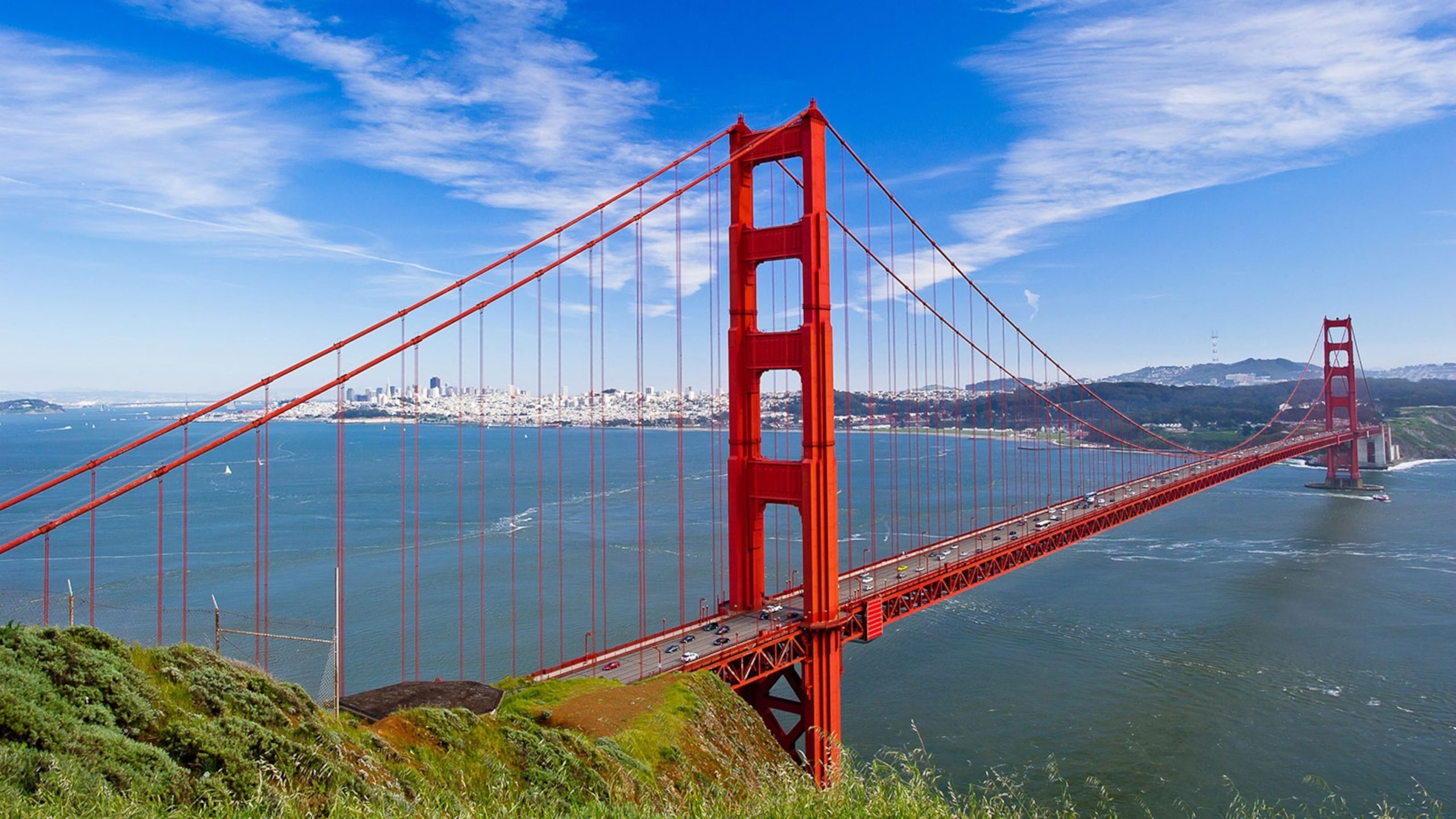
Ultimately, McCoppin, Hall and McLaren had their ways, producing a green space that “feels wild….shaggy and labyrinthine and confusing,” in the words of Gary Kimya, scholar of San Francisco history. Indeed, he wrote in Cool Grey City of Love: 49 Views of San Francisco that “The paradox of Golden Gate Park is that its wildness is almost completely man-made. Every inch of the park had to be won. The loss of San Francisco’s great sand dunes…is tragic…but [represents an] ultimately triumphant negotiation between man and the world.”
Several of Golden Gate Park’s earliest features give teeth to that assessment. The Conservatory of Flowers, opened in 1879 and filled with rare specimens from South and Central America and aquatic Plants native to the Amazon. Stow Lake was created in 1893 with its picturesque Strawberry Hill, a favorite for families for over a hundred years.
Disclaimer: DiscoverAmericas.org and Discover Americas Travel S.L. is a private company specialized in helping its clients with their travels. We are offering travel assistance and travel information, and where applicable, we are linking to our 3rd party partners offering additional services. In case of questions in regards to these 3rd party services, please contact these partner websites.
You could easily spend a lifetime in the US and still feel like you’ve just scratched the surface.
It’s epic on every scale. After all, this is a place where you can watch the thunderous spectacle of Niagara Falls, trek through the soaring Black Hills of South Dakota and cruise along California’s glorious Pacific Coast; where you can ski at Lake Tahoe, go cattle ranching in the Midwest and imbibe live jazz in New Orleans.
The options, it seems, are endless.
We are a private company. Not part, nor endorsed, of US government or any official government agency.

